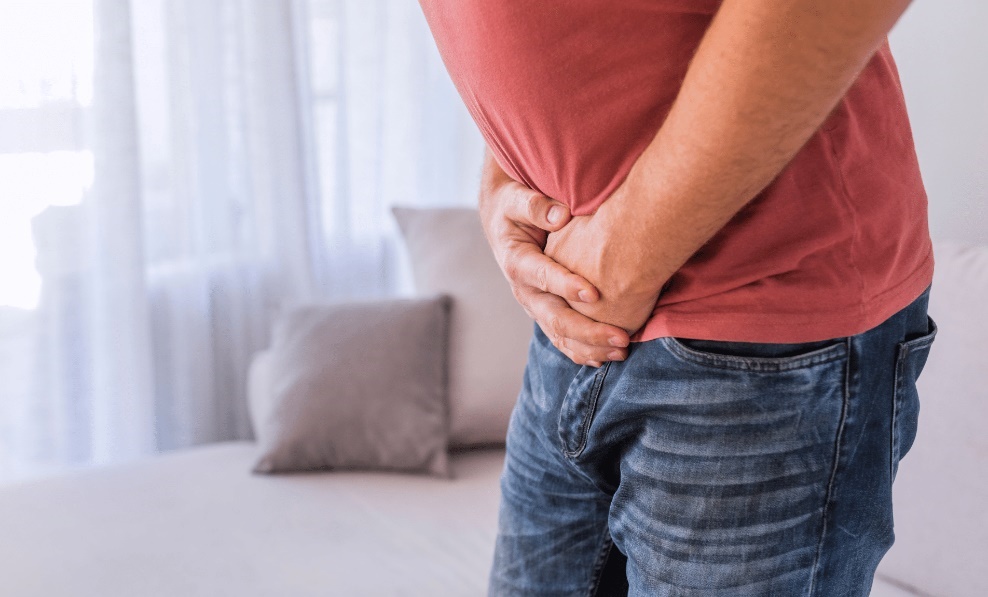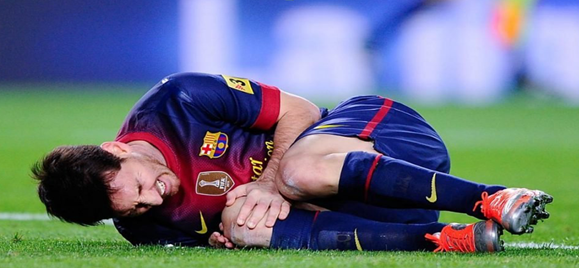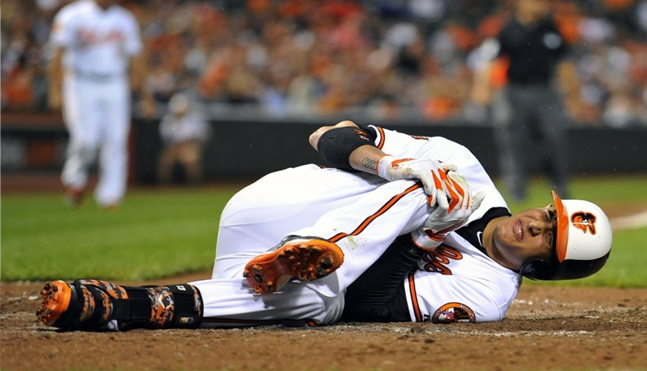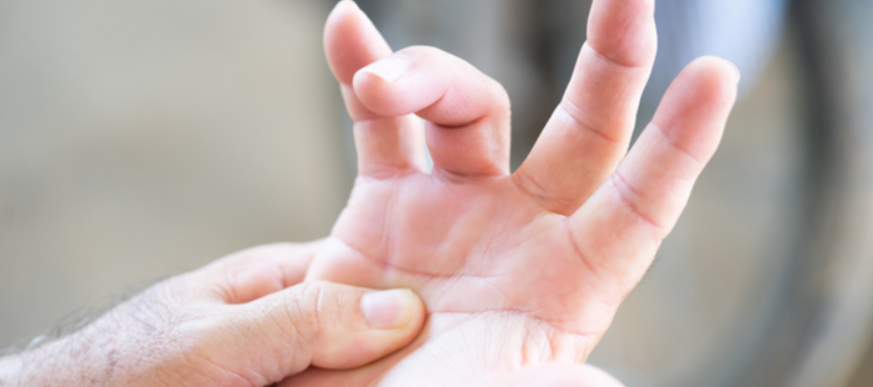AN OVERVIEW OF PERONEAL NEURALGIA BASED ON SPORTS PHYSICAL THERAPY, TRAUMA AND PAIN MANAGEMENT.
The neuralgia of the peroneal muscle is a very rare condition that generally occurs after having suffered trauma or a metabolic syndrome. But it can also be caused by the existence of tumors.
This neurological disorder is as a result of an abnormality in the function of this nerve or a lower extremity injury and is subject to experiencing certain neurological deficits and ache throughout the peroneal muscles area. Patients who suffer from this condition tend to experience extremely painful episodes at the slightest stimulation, initially, they will be short and infrequent, however, if the disease progresses untreated, the pain will be more acute and prolonged.
An important aspect of neuralgia is that it affects mostly women and is more likely in people who are older than 50 years old. These incidents can become more and more constant and lasting so it is vital to see a medical doctor, sports medicine specialist or sports physiotherapist in manchester when you begin to feel reoccruing pains that are not relieved with analgesics. The sporting events where is more likely to present this kind of injury are baseball, mountain climbing, and gymnastics.
There are a wide variety of treatment alternatives for those who suffer from peroneal neuralgia, if this is your case, you are not destined for a painful life, you just have to comply with the appropriate treatment.
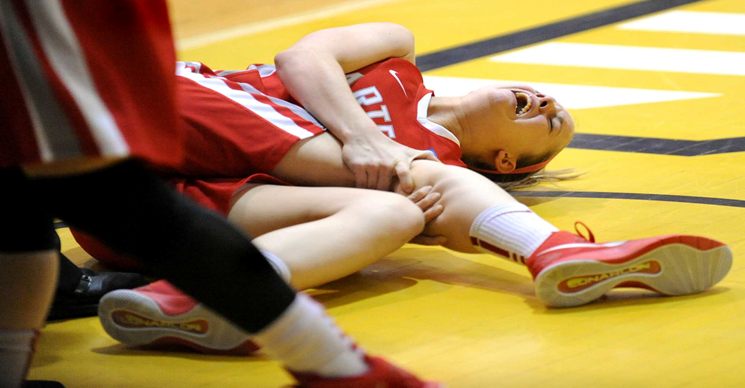
Often it is found damage nearby the hip that could jeopardize the nerve, a particular injury that involves this nerve is the fracture of the acetabulum which reports a 16% up to 33% prevalence. Y Hirasawa et la point out that peripheral nerve injuries in sports just reach up to 0.5% of whole sports-related lesions.
Firstly we have to understand the anatomical structure of this area, and the distinction between neuralgia and neuropathy as they could be confounded hence it can be a challenge to identify them and diagnose them in clinic. We recommend that you visit a Sports Medical Doctor or / sports injury specialist in order to carry out a physical assessment and examination to determine an accurate clinical diagnosis.
Initial appointment bookings can be made by visiting MY Sports Injury Physical Therapy and Rehabilitation Clinic in Manchester City
MY Sports Injury Clinic, we offer comprehensive and specialised care; our focuses are movement as a main outcome to recover, to maintain optimal quality of life and re-establish activities of daily living. Our professional practitioners have a depth of knowledge expertise, and experience in providing a high quality standard of care.
At MY Sports Injury Clinic | Manchester we also provide an holistic approach using effective, safe treatment techniques and advanced technology, seeking to shorten rehabilitation times and prolong functional movement, overall health and longevity.
Some of the specialist treatments services we carry out are Sports physical therapy, Medical Acupuncture, Sports massages, Deep tissue massages, sports injury rehabilitation amongst others. The most frequent pathological conditions / Injuries that our Sports Injury Specialists handle at My Sports Injury Clinic are Musculoskeletal injuries, fractures, sprains, myalgia, dislocations, pre and post-operative, overuse injuries, postural disorders, muscle imbalances and Pain management.
What is the difference between neuralgia and neuropathy?
The main reason why it is possible to differentiate these pathologies is that neuralgia is known only as a disorder in the sensitivity of a nerve, generally, it is caused by sports injuries (i.e. direct trauma and sometimes by underlying diseases such as irritation, chronic kidney disease, and diabetes, HIV, herpes, and syphilis infections, as well as pressure on nerves from nearby tumors, ligaments, blood vessels, and bones.
For instance a carpal tunnel injury (Wrist & hand) is neuralgia as it is commonly brought about as a consequence of a pronator teres contracture.
According to our Sports physio Manchester practitioners state that the neuropathy refers to the lesion of the peripheral nervous system and produces swelling, numbness, pain, and muscle weakness. It can be the result of metabolic problems, infections, sports injuries, traumatic injuries, and exposure to toxins. In addition, one of the most common underlying diseases is diabetes. In most acute cases, the symptoms improve especially if they are treated immediately.
What are the peroneal muscles?
The peroneal muscles are muscles that are spotted on the lateral aspect of the leg, between the knee and the ankle. It is responsible for stabilising the ankle and helping to avoid sprains when we twist the ankle.
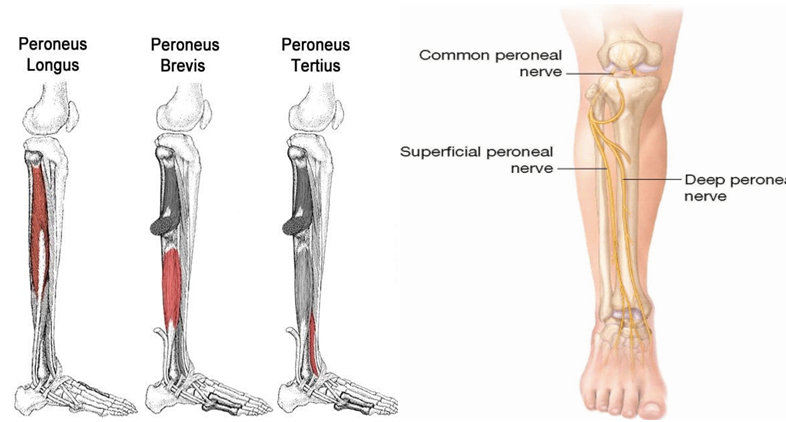
The injuries that most frequently affect these muscles are those products of repetitive and excessive movements that end up generating the establishment of an inflammatory process in the tendons. Therefore, one of the most common injuries that come about in this area is peroneal tendonitis.
Other injuries that also affect the tendons are the rupture or tear of the fibers. So the person experiences pain, movement limitation, tissue deficiencies, edema, and, in many cases, bruising.
Now, whether the tendon or muscle fibers are affected by contractures or painful points, medical treatment and physiotherapy Manchester sessions are required to help repair the tendons or muscle tissue, which help reduce discomfort, pain management, and also to regain functional movement back into the body.
What do the peroneal muscles do?
Both fibulae are powerful muscles so they are able to intervene in various movements in the area. So, while the long one is in charge of plantar flexion and the eversion movement of the foot, the other intervenes only in this last movement, which is composed of abduction and rotation.
Where are the peroneal muscles?
The peroneal muscles are tissues that belong to the lateral muscles of the leg, which is why they are located on the external outer face of the fibula bone, their function is to evert
What are the symptoms of a patient with peroneal Neuralgia?
Broadly patients suffering from this condition tend to express and present the following signs, e.g. hyperalgesia, sensory loss, and pain sensation triggered by stimuli that do not normally cause pain that is regularly located in the lower leg and dorsal foot. As well, there may be the presence of a motor function deficiency, mainly paresis which is muscular weakness caused by nerve damage.
How to treat peroneal Neuralgia based on sports physical therapy
Neurodynamic exercise rehabilitation can help to mobilise the nervous system this is a group of exercises performed by the Injured Patient. Neurodynamic movements will try to improve the glide and slide mechanism of joints and peripheral nerves including the tissues that surround them, therefore, it is about releasing nerves that may be trapped or adhered causing patients loss of strength, sensitivity or unpleasant tingling, this series of exercises should be specifically dictated and supervised by your sports specialists or sports physiotherapist Manchester once you are diagnosed which such nerve injury.
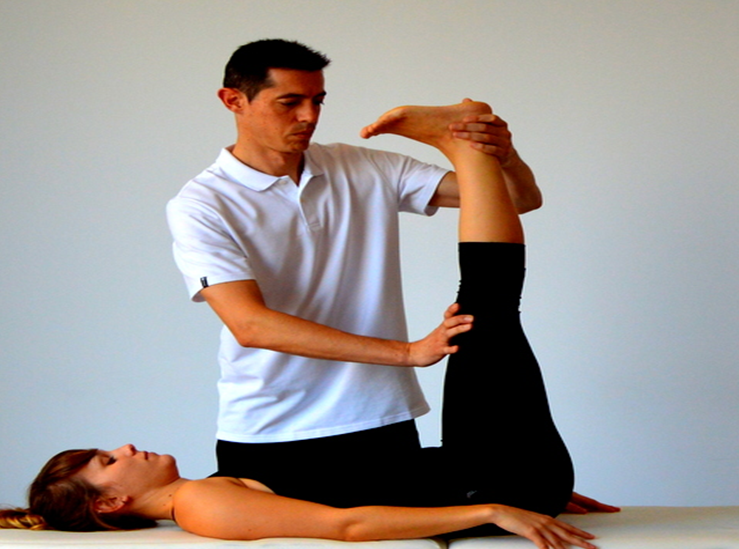
How does the peroneal nerve heal?
Consult with your sports physio Manchester what is the best plan for your case, generally, the peroneal nerve heals with physical therapy that consists of strengthening the muscles of your foot and leg, orthotics can also be used, an ankle and foot brace is used to treat foot drop and lastly method to treat the injury of this nerve we find the surgery that is effective as well, the surgical options are to repair the nerve, remove the pressure from the nerve or graft a new nerve in its place. Said by D Garozzo et la (2004).
What happens if the peroneal nerve is damaged & How MY Sports Injury can help recovery?
When the nerve is injured and this leads to dysfunction, symptoms may include decreased sensation, numbness, or tingling in the upper part of the foot or in the outer portion of the lower or upper leg. As also, the foot drop that is the inability to keep the foot horizontally.
At our sports massage Manchester city centre we can provide assistance and guidance with Sports Therapy / Sports physiotherapy sessions that will help to strengthen leg muscles and maintain range of motion in the knee and ankle may improve gait problems related to peroneal nerve injury. Stretching exercises are distinctly essential to avert heel stiffness.
How to assess the peroneal nerve?
Our sports therapy Manchester physiotherapists will perform a set of maneuver tests of nerve activity that include ultrasound of the nerves, nerve conduction tests i.e. to measure how fast nerve signals pass through the nerves, MRI, and electromyography. Moreover, they also will carry out some motor involvement tests to assess the peroneal nerve, those are known as foot/toe dorsiflexion (DPN) and foot eversion (SPN), issued by Bradley Lezak et la (2021).
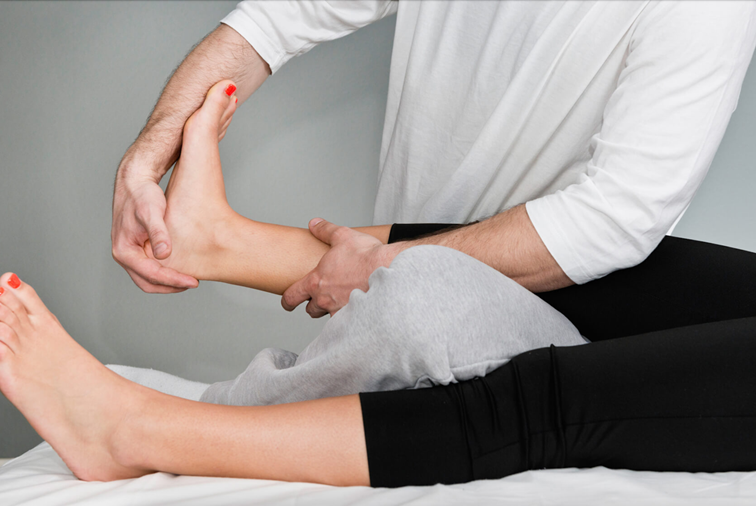
What innervates the superficial peroneal nerve?
The superficial nerve of the fibula supplies the long and short peroneal muscles. This nerve culminates in a sensory branch that innervates the skin of the distal lateral region of the leg, the dorsum of the foot, and the toes, except for the first interdigital space.
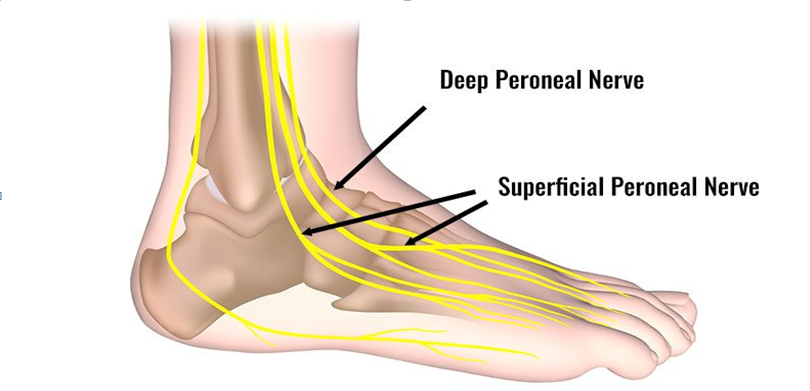
References
- Hirasawa Y, Sakakida K. Sports and peripheral nerve injury. Am J Sports Med. 1983 Nov-Dec;11(6):420-6. doi: 10.1177/036354658301100607. PMID: 6650720.
- Radić B, Radić P, Duraković D. PERIPHERAL NERVE INJURY IN SPORTS. Acta Clin Croat. 2018;57(3):561-569. doi:10.20471/acc.2018.57.03.20.
- Lorei MP, Hershman EB. Peripheral nerve injuries in athletes. Treatment and prevention. Sports Med. 1993 Aug;16(2):130-47. doi: 10.2165/00007256-199316020-00005. PMID: 8378668.
- Garozzo D, Ferraresi S, Buffatti P. Surgical treatment of common peroneal nerve injuries: indications and results. A series of 62 cases. J Neurosurg Sci. 2004 Sep;48(3):105-12; discussion 112. PMID: 15557879.
- Katirji B. Disorders of peripheral nerves. In: Daroff RB, Jankovic J, Mazziotta JC, Pomeroy SL, eds. Bradley's Neurology in Clinical Practice. 7th ed. Philadelphia, PA: Elsevier; 2016:chap 107.
- Toro DRD, Seslija D, King JC. Fibular (peroneal) neuropathy. In: Frontera WR, Silver JK, Rizzo TD Jr, eds. Essentials of Physical Medicine and Rehabilitation: Musculoskeletal Disorders, Pain, and Rehabilitation. 4th ed. Philadelphia, PA: Elsevier; 2019:chap 75.
